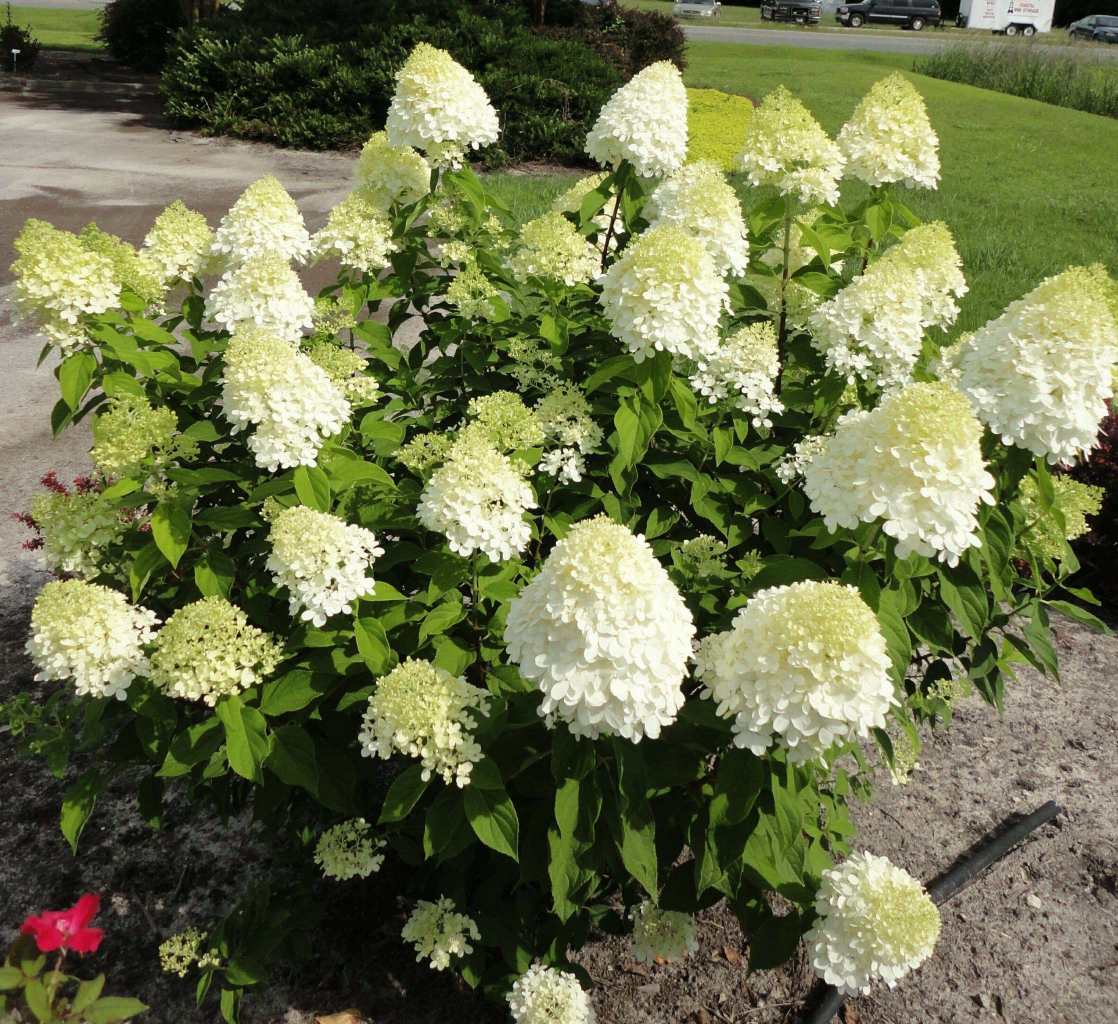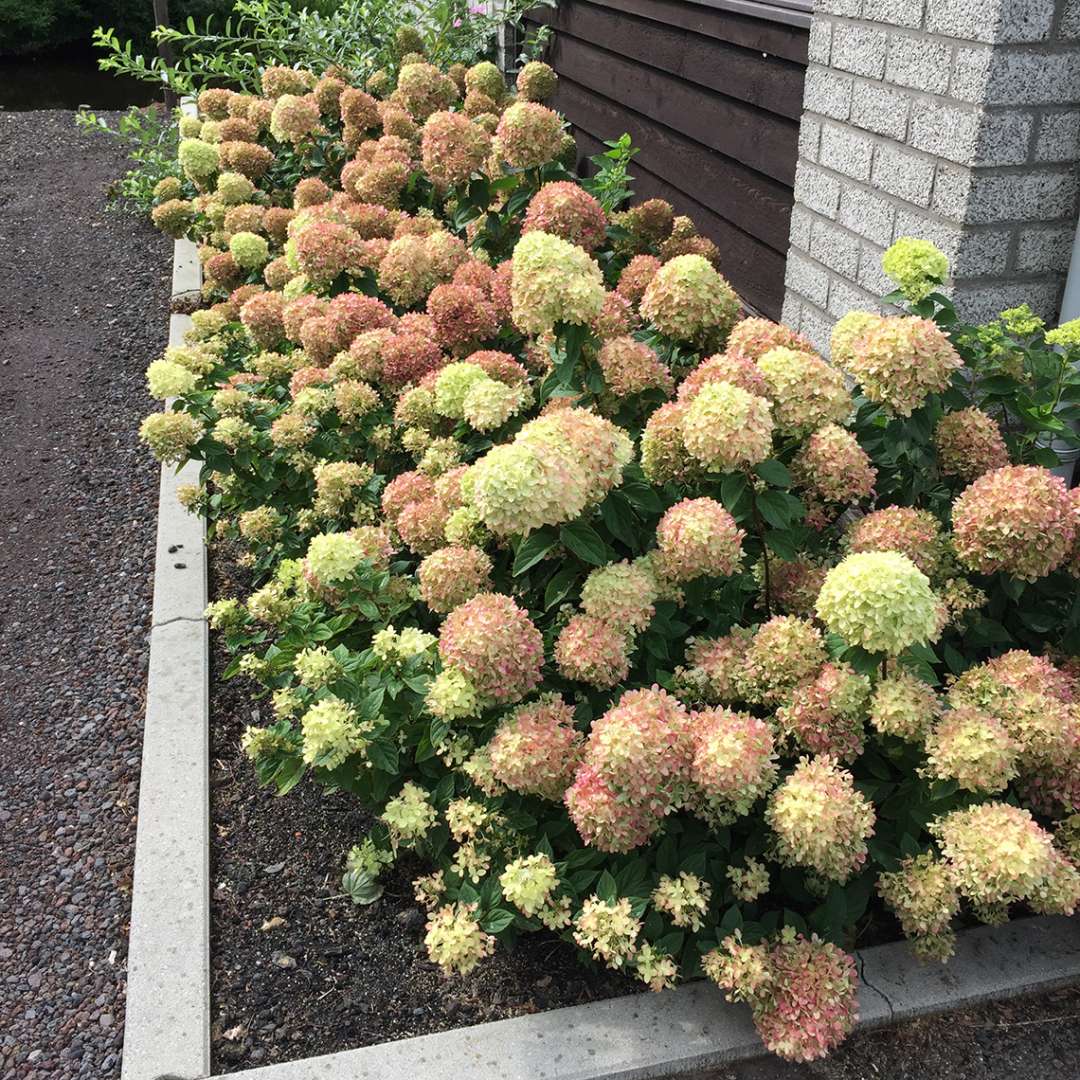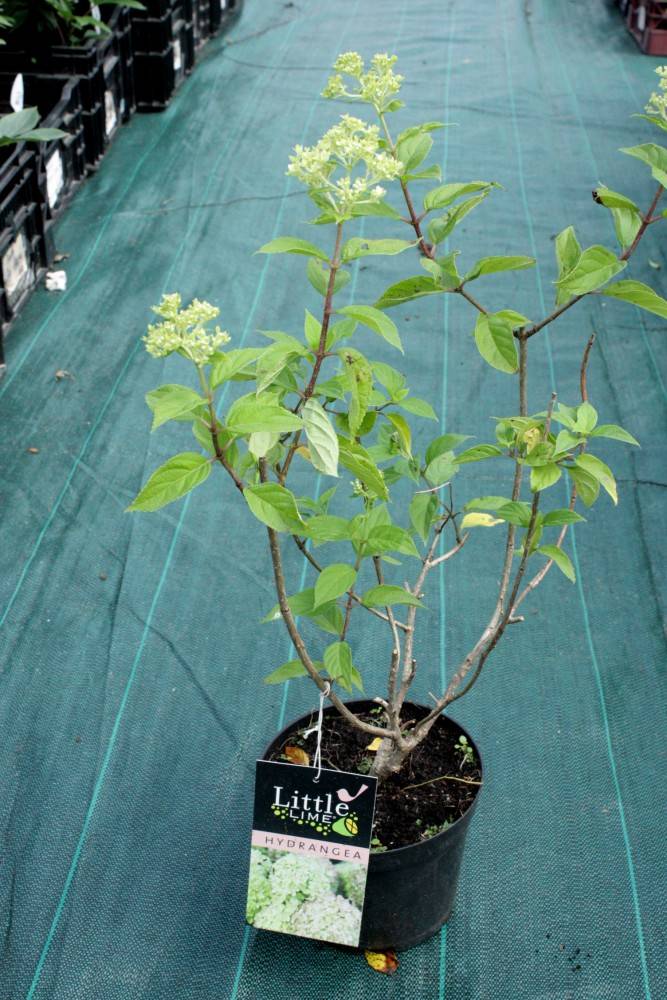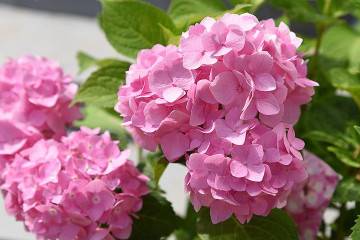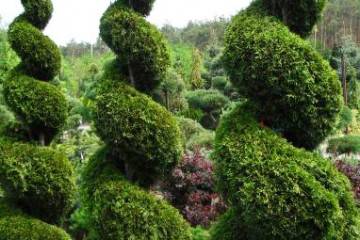Hydrangea Little Lime - description and cultivation of the variety
Content:
Hydrangea or Hydrangea is not as common in floriculture as others. But still, landscape designers often recommend using it in garden decoration, and there are many reasons for this. One of which is its unpretentiousness. From this point of view, one of the most interesting varieties is Little Lime.
Description of hydrangea Little Lime
Hydrangea Little Lime - differs in that they did not work on the breeding of this variety purposefully. But despite this, its appearance is quite luxurious and is not inferior in external parameters to other subspecies.
Describing this variety, it is worth noting the following features:
- The shoots are strong enough to provide stability to the entire bush. Its branches do not fall apart.
- The height is small, only 0.8 m maximum, and then, when creating favorable conditions for the plant. Thus, the Little Lime bush can be classified as a dwarf hydrangea.
- The foliage is ovoid, with a standard deep green shade. It is slightly velvety to the touch, which is provided by small villi that cover the greenery.
- It blooms with rather large brushes of slightly elongated conical shape. They are white with a slightly lemon-yellow tint.
Due to these characteristics of appearance, this variety of hydrangeas is often used to form green hedges. In addition, it is frost-resistant, which makes it possible to plant this plant in Central Russia without any additional protective measures.
Reproduction methods
Little Lime hydrangea can be propagated in the following ways:
- Planting and seed material.
- By cuttings.
- By dividing the bush.
Each planting method has its own advantages. But it should be noted nevertheless that the seeds of this plant have a low level of germination. In addition, the main characteristics of the variety can be lost.
Cutting and dividing the bush are carried out according to standard algorithms that are applicable to any other garden shrubs.
Planting panicle hydrangea in the ground
Hydrangea paniculata Little Lime is a rather unpretentious plant, but it is still necessary to adhere to certain conditions, choosing a place for it on the site. It is desirable that this is the south side, excluding intense drafts. It is also necessary to pay attention to the fact that the soil is not rich in limestone, as this most negatively affects the health of an adult plant and its flowering.
Seat selection
Among all varieties, it is the Little Lime panicle hydrangea that is the least demanding and pretentious in terms of growing and caring for it.It is ready to grow on almost any soil.
Before planting a stalk or a split bush, you need to feed the soil. For this, leafy soil, peat, humus and sand are used. Then they dig a hole of sufficient depth, but try not to make it more than 0.5 m.
When a site is being selected, areas with severe tree shade should be avoided. In addition, the proximity of large plants can reduce the required level of moisture in the bush.
Also, do not plant directly under the fence, since in this case the plant will be deprived of sunlight for half a daylight hours.
But, at the same time, do not leave the bush directly in direct sunlight. In this case, burns may form on the sheet plate. The ideal solution would be an openwork penumbra.
Planting process
It is necessary to adhere to the following rules for planting hydrangeas:
- Carry out this manipulation in the spring. So she will have time to get stronger before winter.
- Remove the bush from buildings so that falling icicles do not damage the base of the plant.
- After the hole with the shoot is filled up, the soil should be compacted and a sufficient amount of moisture should be added.
- When covering a young plant with soil, make sure that the root collar is above the soil.
- Before the first wintering process, the soil around the bush must be mulched with bark, cut grass or sawdust. This will keep warm and moisture in and help the shrub through the winter.
Care features
This plant requires average conditions, whatever it may be:
- average illumination;
- a sufficient amount of moisture in the soil, but at the same time, preventing its excess;
- open space, but no drafts;
- moderate periodic feeding (it is better to do them during the flowering period or before it);
- if necessary, you can form a bush.
Pruning
If you want to make the original shape, the plant can be cut. In this case, everything is limited only by fantasy.
Watering
Once the planting has been carried out, it is necessary to provide the plant with the proper amount of moisture. It is very important for a young shrub to water regularly.
In this case, each time it is necessary to loosen the earth. This manipulation is especially important when the plant is in an active growth phase.
Fertilizing and feeding
As top dressing during flowering, the following microelements and organic types of fertilizers are applied:
- Urea.
- Superphosphate.
- Humus.
Plants respond especially well when additional nutrients are added during or during budding.
Diseases and pests
Examining the bush carefully enough, you can immediately tell about its health. So, gardeners should be aware of the following options for the manifestation of unsuitable conditions:
- Rusty spots - a lot of water in the ground. At the same time, brown spots appear on the leaf plate.
- If the leaves dry on the edge, then there is too little moisture.In this case, it is advisable to add water not only to the soil, but also to spray abundantly on top.
- If burns appear on the leaf plate, then the sun's rays are too aggressive towards the hydrangea. It is necessary to provide the plant with partial shade.
- The presence of snails is easily identified visually.
- Harmful insects such as aphids, bugs or weevils can also be detected visually. But their presence is also evidenced by the fall of color and foliage, their lethargy and wilting. To get rid of pests, you need to purchase drugs in a specialized store that are suitable for the destruction of a certain type of parasite.
Winter hardiness of the bush
Despite the fact that hydrangea is a winter-hardy plant, it should still be taken into account that young shrubs are not able to withstand intense frosts. If an adult bush can easily survive the winter with temperatures down to -35 ° C. Then a young plant needs to build a special shelter from a covering material. Spunbond can be used. This manipulation is required to be carried out up to the age of three years of hydrangea.
If you listen and use these recommendations when growing hydrangeas of any variety, including Little Lime, then as a result you can get a healthy powerful bush on your site, which will delight you with long and abundant flowering.
